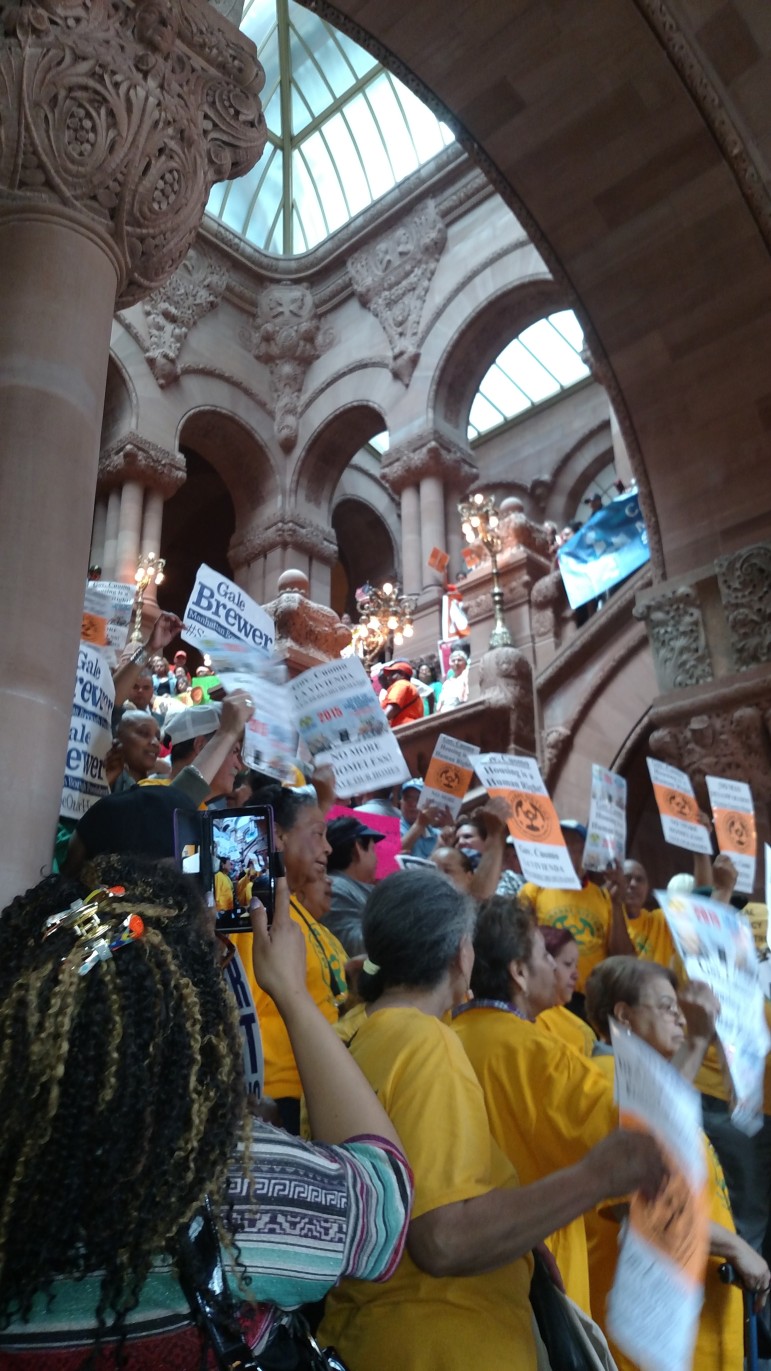
Tenants crowd the capitol stairs.
About 2,000 tenants and activists gathered inside the state capitol Tuesday to highlight the need to extend and reform New York’s rent regulations. Many were bused in by organizers like the Metropolitan Council on Housing, the Alliance for Tenant Power and labor unions including 1199/SEIU, representing healthcare workers, and the city’s largest municipal employee union, DC-37.
Rally participants echoed support for the veritable laundry list of items Gov. Andrew Cuomo suddenly—and somewhat surprisingly—said he supported over the weekend. That list includes ending vacancy decontrol, reforming the mechanism for paying off capital improvements and reducing or eliminating the vacancy bonus landlords are allowed between regulated tenants.
Attendee Roxanne Delgado said she was there because after her building was sold, she discovered her apartment wasn’t stabilized as she had been told, but looked that way because it had a preferential rent that the new owner subsequently withdrew. What was worse, she explained, was how state regulators never vetted the new owner’s requests for higher rent. “It’s all for show. There’s no enforcement and no accountability.”
Delgado said she wanted to make sure what happened to her doesn’t happen to others. She also said she was impressed by the diverse turnout, “from all walks of life,” including seniors who were marching up the capital’s staircase using walkers.
Despite successful public relations campaigns by landlord groups who represent landlords like the Rent Stabilization Association, and contrary to what may be the prevailing belief by many New Yorkers and the mainstream press, most regulated tenants are not rich white people who live in Manhattan. The average median income citywide for rent-stabilized tenants is $36,000 according to a 2014 report by NYU’s Furman Center; it’s $49,000 for Manhattan. The same report revealed regulated tenants are 35 percent white, 32 percent Latino, 22 percent black and 9 percent Asian. Minority households occupied a greater share of stabilized units than of market-rate ones, according to data from 2011.
And it’s not just a New York City story: There are regulated apartments in at least three counties outside of the city—Rockland, Nassau and Westchester—a point regularly over-looked. According to Yonkers Assembly Member Shelley Mayer, her district holds the largest number of regulated units in all of Westchester, at roughly 26,000.
“It’s exceptionally difficult to find affordable housing” in her city of 200,000, Mayer says. The average rent is about $1,400 per month, while the average stabilized rent is $1,300.
Mayer says there are three critical issues in this debate for her constituents. The first is vacancy decontrol. The second is the permanency of major capital improvement (MCI) increases, which as in New York City, can serve to either destabilize an apartment or make it unaffordable.
Most significant, Mayer says, is the fact that in her district, landlords who qualify for an MCIs are allowed to add 15 percent to the base rent; charges are capped at 6 percent in New York City. “The law is silent. There is no provision for MCI costs outside of the city, so DHCR took the position” that 15 percent would be a fair amount, Mayer says. She sponsored a bill that would make those caps equal across the state; it is now included as part of Housing Committee chair Keith Wright’s housing package.
City Limits coverage of public housing and New York’s rental affordability crisis is supported by the Charles H. Revson Foundation.


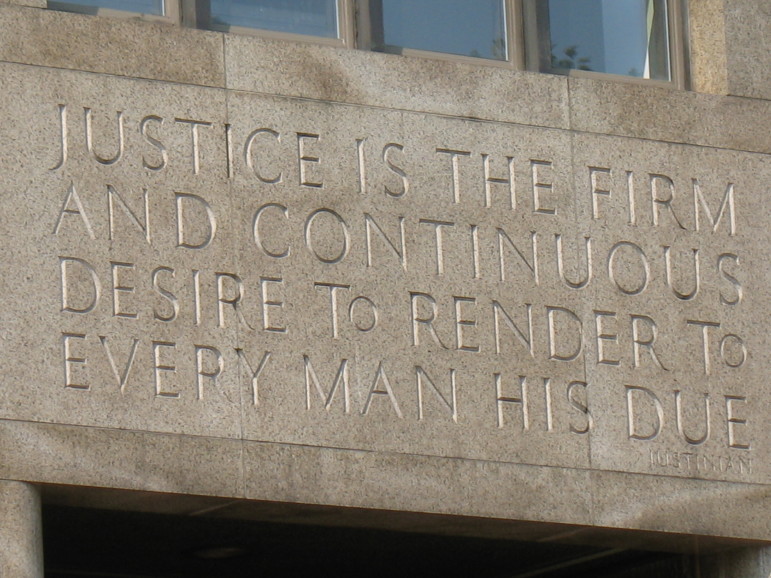

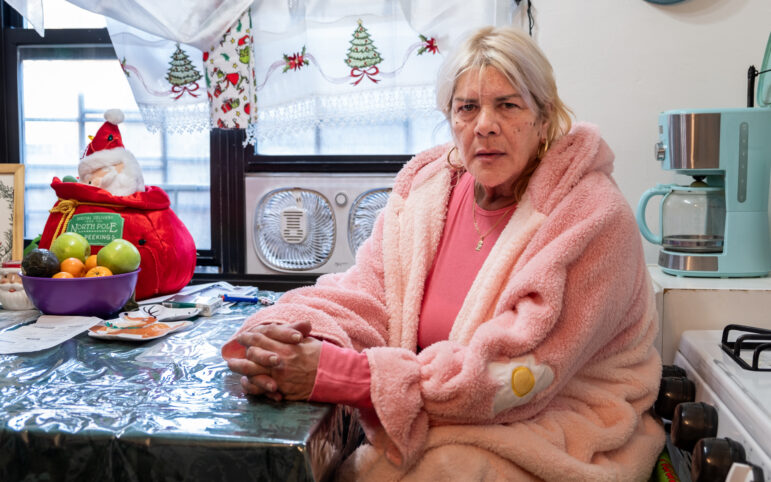
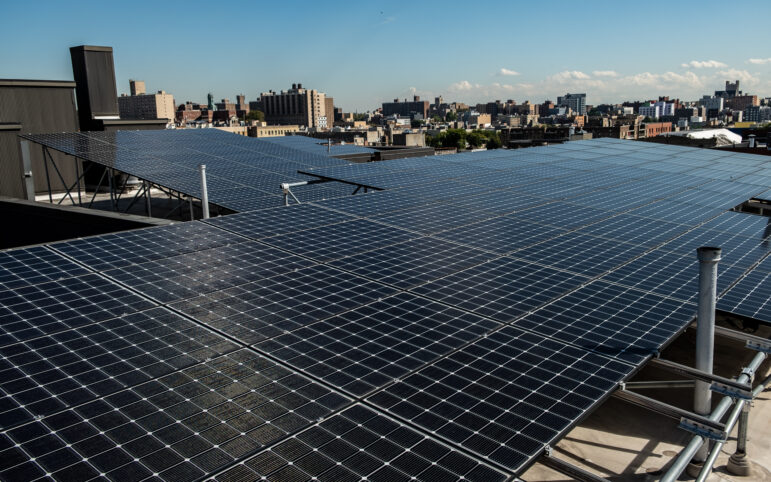
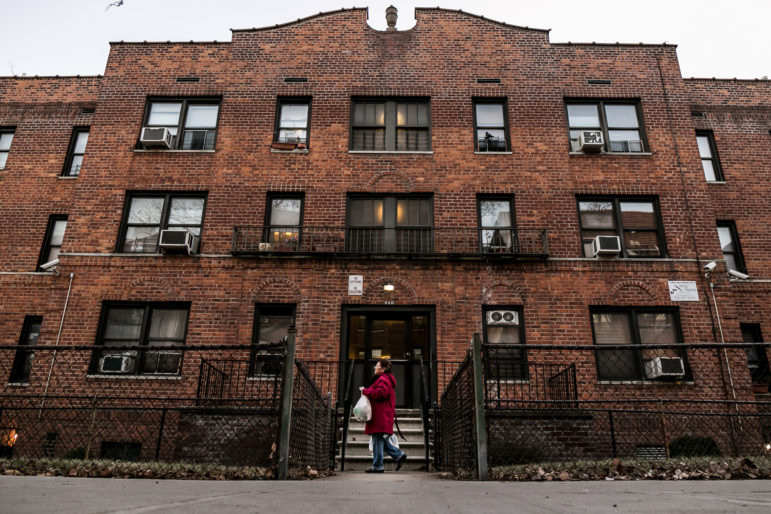


6 thoughts on “Rent Regulation Affects Tenants Outside New York City”
18 million NYers are hurt by rent stabilization. It’s time we phase it out. We should protect the elderly and the disabled, but the 2 million stabilized tenants can pay market rate just like the rest of us.
Any time a stabilized unit becomes vacant it should be market rate to the next renter.
And, anyone who makes 3x the median rent can afford to pay market like the rest of us.
The protections provided by rent stabilization – including the expectation of a lease renewal at a reasonable amount, and (therefore) the right to complain, the right to have family members already living there for 2 years stay in their homes if the main tenant leaves – should be extended to everyone. Instead of hurting 18 million tenants, let’s keep the 1 million current apartments (serving about 2.5 million tenants) affordable and build more (truly) affordable housing.
what you’re proposing is now illegal (wasn’t illegal 50 years ago).
it’s a non-starter and since everyone can have a regulated rent – no one should. The system hurts me and I want it gone.
I am a disabled owner of a small house in Brooklyn. I have to navigate
stairs to my apartment on my butt, because under rent control laws I
have no right to a ground floor apartment in my own house. That’s the truth about rent
control!
you always have the right to pay off the tenant and move in the apartment or wait till they die or move…i do not feel sorry for you…..you bought the building with those covenants now tough it out….pay the tenant to leave…..stop being cheap.
Pingback: Tenants Rally in Albany for tougher Rent regulation Laws | brooklyn laundry social club